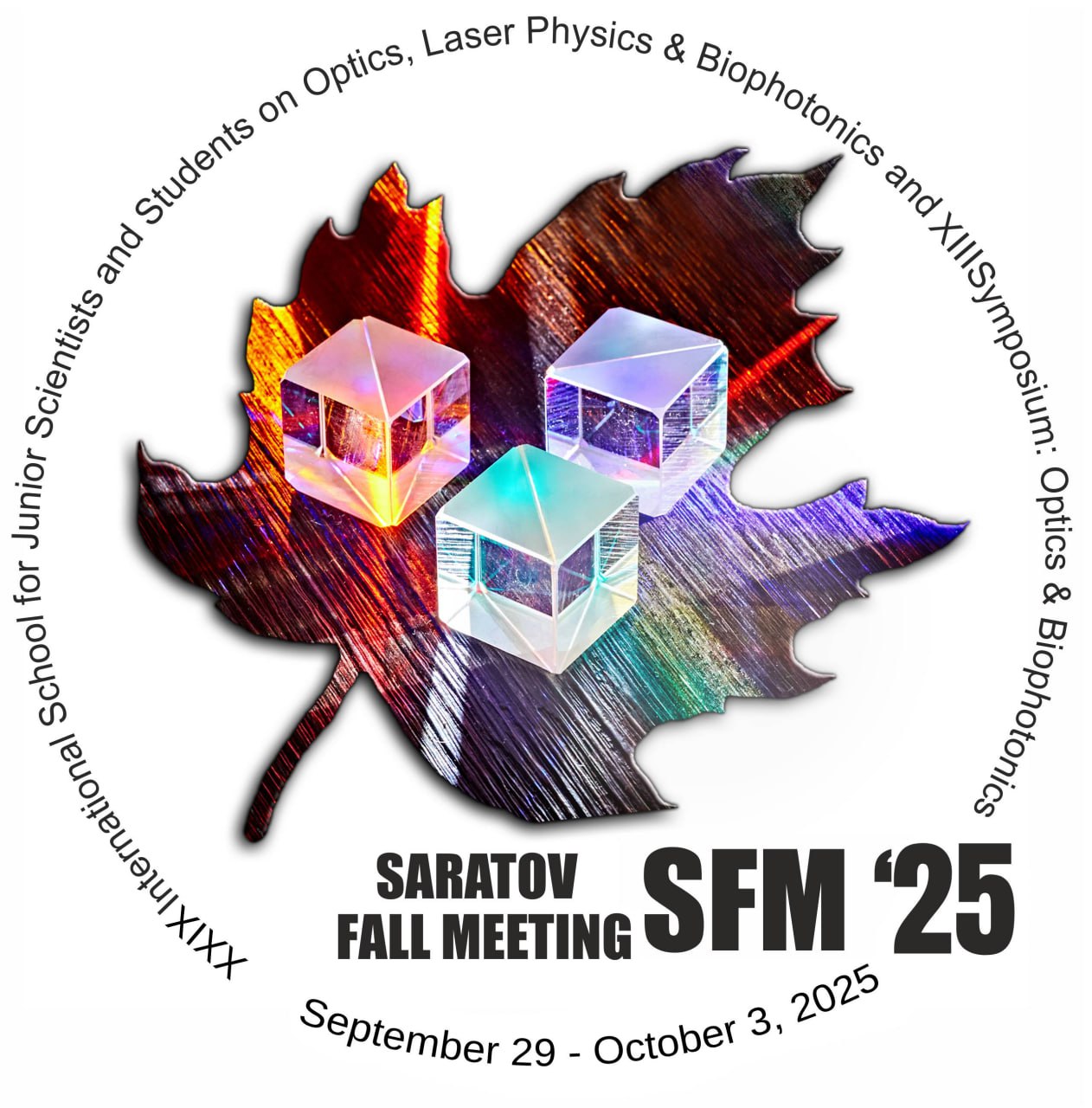Visualization of histone epigenetics: a new way to track single-cell physiology
Konstantin A. Lukyanov
Center of Life Sciences, Skolkovo Institute of Science and Technology, Moscow, Russia
Abstract
Epigenetic modifications of histones (methylation, acetylation, phosphorylation, etc.) play an enormous role in determining the functional state of chromatin in all basic biological processes (cell division, self-maintenance and differentiation of stem cells, cell dedifferentiation, cell aging, cancer transformation, etc.). Histone modifications are extensively studied by a number of methods, but they are mostly inapplicable to single cells. Recently Dr. Alexey Terskikh and colleagues pioneered Microscopic Imaging of Epigenetic Landscape (MIEL) approach – the first method for truly high-throughput analysis of nuclear histone modifications (epigenetic landscapes) at the single cell level [Farhy C, Hariharan S, Ylanko J, Orozco L, Zeng FY, Pass I, Ugarte F, Forsberg EC, Huang CT, Andrews DW, Terskikh AV. Improving drug discovery using image-based multiparametric analysis of the epigenetic landscape. Elife. 2019, 8:e49683]. Multiparametric signatures derived from images of antibody-stained nuclei enable machine learning approach to distinguish different cell types, identify and classify various perturbations of cellular epigenetic state. However, the current MIEL strategy relies on imaging the fixed cells, thus missing the dynamic picture of continuous epigenetic remodeling in single cells. Here we suggest LiveMIEL approach for live-cell analysis of epigenetic landscapes. It is based on natural “reader” domains recognizing particular histone modifications. Such Histone Modification Reader Domains are fused with fluorescent proteins to get genetically encoded probes. At low/moderate level of expression, these probes give intranuclear fluorescent patterns corresponding to the abundance of the modified histones in particular loci. Thus, LiveMIEL for the first time enabled continuous tracking changes of epigenetic landscapes in single live cells. We believe that LiveMIEL can be broadly applicable to study cell differentiation and dedifferentiation, embryogenesis, tumorigenesis, cell stress as well as a novel platform for epigenetically active drug screening.
Speaker
Konstantin Lukyanov
Skolkovo Institute of Science and Technology
Russia
Discussion
Ask question


